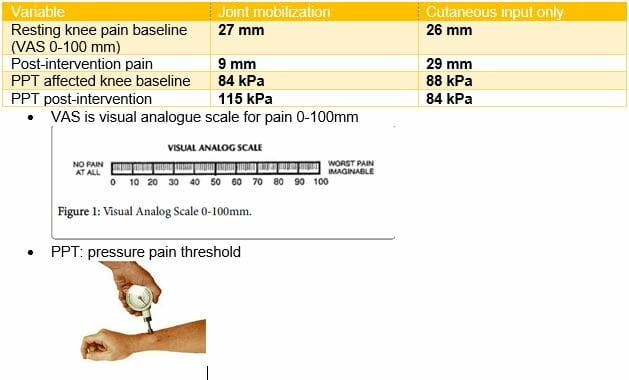I had an ankle sprain, why are you strengthening my hip?
By Logan Swisher SPT
Ankle Sprain – Background:
Lateral ankle sprains are a significant burden on U.S healthcare with estimated costs of $6.2 billion annually. They can be associated with long-term consequences such as decreased health-related quality of life, decreased physical activity and post-traumatic ankle osteoarthritis. Some patients with a history of lateral ankle sprain develop chronic ankle instability; which is commonly marked by repetitive ankle injury, balance and mobility deficits, and perceived instability of the ankle. Other patients with a history of lateral ankle sprain do not develop the subsequent characteristics of chronic ankle instability. Studies have shown that lateral ankle sprain copers have more favorable ankle range of motion, ankle strength, joint stability and postural control as compared to those who develop chronic ankle instability.
Dynamic postural control is the ability to maintain your balance while moving any part of your body (ie catching a ball, jumping, carrying, etc). Patients with chronic ankle instability tend to have limited dynamic postural control. In clinical practice, a star-excursion balance test (SEBT) is a simple measure of dynamic postural control. This study aimed to examine the differences in SEBT performance and hip strength in those with chronic ankle instability, lateral ankle sprain copers and control groups.
Participants:
84 participants total:
-30 chronic ankle instability
-29 lateral ankle sprain copers
-25 control
Methods:
Single-blinded, cross-sectional, case-control study design was utilized. One physical therapy clinic assigned patients to their appropriate group, and then after treatment, results were collected and analyzed. All participants were tested for leg length, SEBT, and isometric hip strength. Averages of SEBT and isometric strength were taken from three trials respectively.
Results:
This research revealed that individuals with chronic ankle instability had lower SEBT score decreased hip strength compared to lateral ankle sprain copers and control groups. This indicates that dynamic postural control and isometric hip strength is compromised in individuals with chronic ankle instability.
Ankle Sprain – Clinical Application:
Physical therapists treating patients with chronic ankle instability should include exercises to target hip muscular strength deficiencies which may in turn have a positive effect on dynamic postural control performance. Here at PT First we approach a patient globally and work to incorporate any insufficiencies found during examination into a well-rounded, dynamic rehabilitation program.
Original article – ankle sprain:
McCann, R. S., Crossett, I. D., Terada, M., Kosik, K. B., Bolding, B. A., & Gribble, P. A. (2017). Hip strength and star excursion balance test deficits of patients with chronic ankle instability. Journal of Science and Medicine in Sport, 20(11), 992-996. doi:10.1016/j.jsams.2017.05.005

